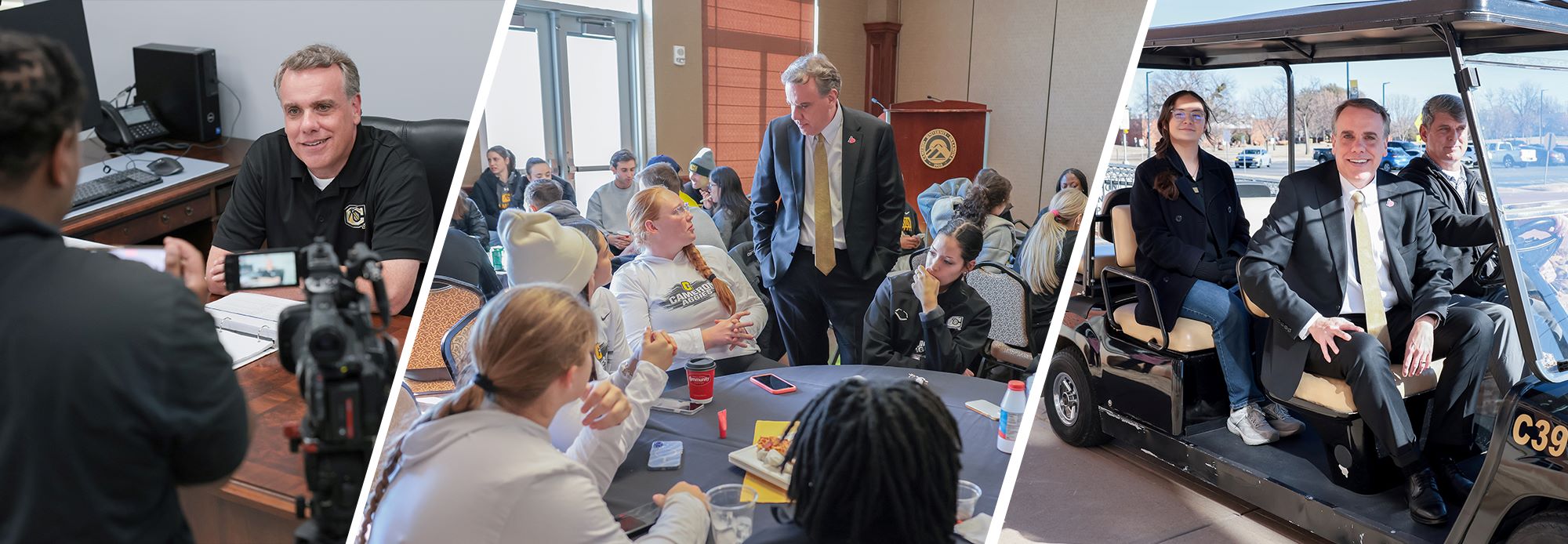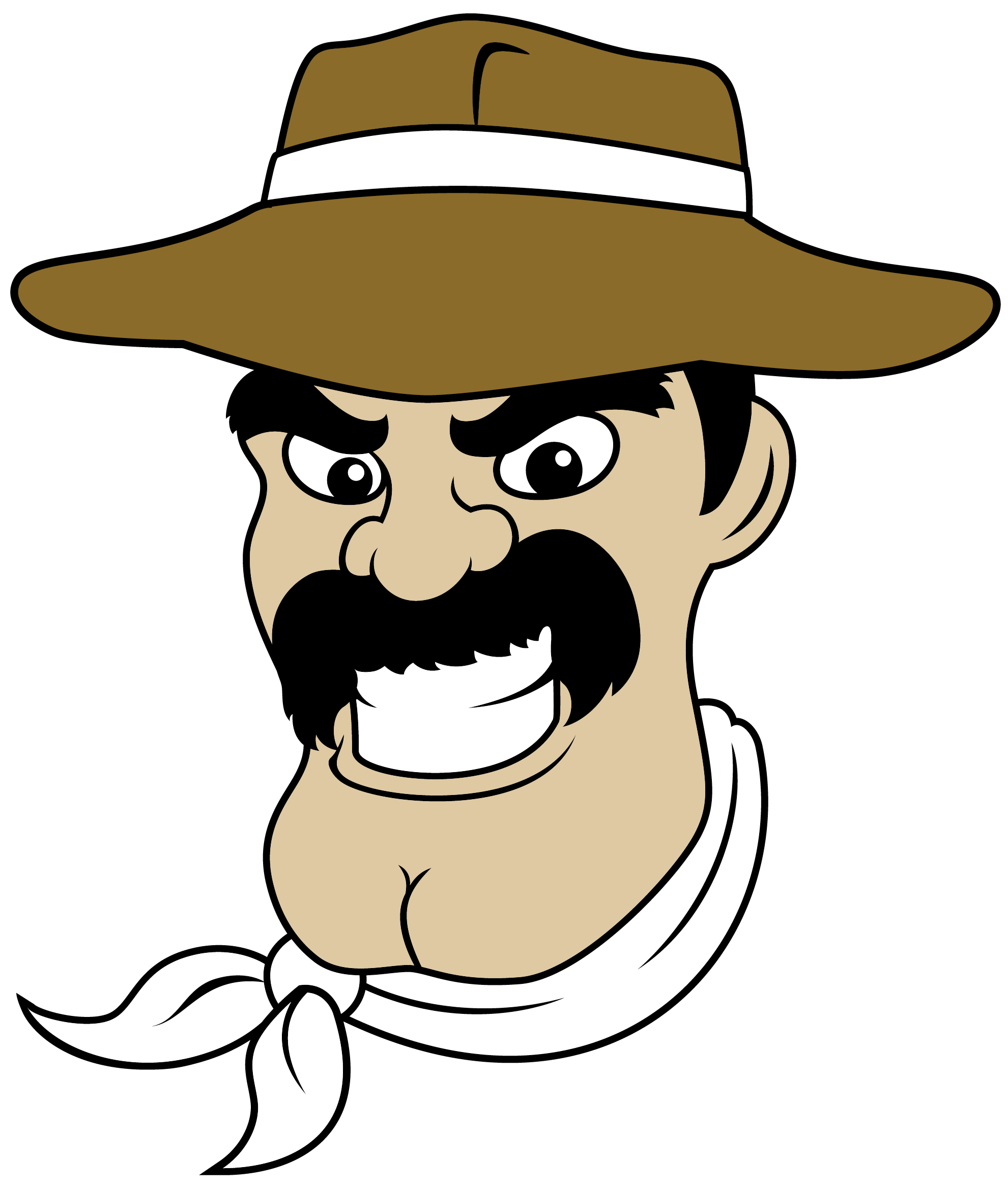Past Presidents
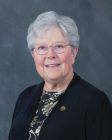
Jari Askins 2024-2025
A judge, a state legislator and former lieutenant governor, Jari Askins had a lengthy and notable record of service to the citizens of Oklahoma before she became interim president of Cameron. Askins was asked by the university’s governing board to provide stability while it conducted a national search for the institution’s 18th president. During her time as leader, Cameron saw its enrollment numbers start to increase, and she oversaw the daunting task of rebuilding the university’s fiber optic network, which will benefit students for years to come.
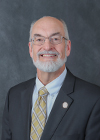
John M. McArthur 2013-2024
A career educator, John Mark McArthur came to Cameron University in 2004 as dean before serving as vice president. Succeeding Cynthia Ross after her retirement, McArthur guided Cameron through one of the most challenging periods in its history – successfully navigating a decrease in legislative appropriations, a nationwide downturn in college enrollment, the Covid-19 pandemic and severe storms that did significant damage to the Lawton campus – while at the same time gaining renewal of the university’s accreditation by the Higher Learning Commission. McArthur is a 2024 inductee into the Oklahoma Higher Education Hall of Fame.
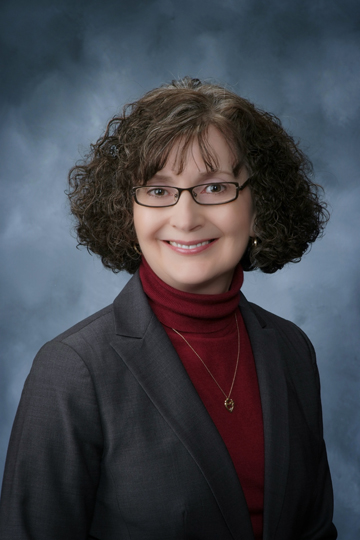
Cynthia S. Ross 2002-2013
With 24 years of higher education experience, Cynthia Susan Ross succeeded Don Davis after his retirement in 2002. Ross implemented a long-range strategic planning process and oversaw Cameron’s centennial celebration. During her tenure, the university embarked on a capital improvements campaign – almost completely funded through private donations and grants – that was the largest since President Burch’s improvements to campus in the late 1960s. Cameron’s business building, Cynthia S. Ross Hall, was to honor her contributions to the university. Ross was inducted into the Oklahoma Higher Education Hall of Fame in 2013.
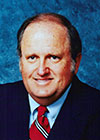
Don C. Davis 1980-2002
Attorney, legislator, son of Clarence L. Davis and a Cameron alum, Don Clarence Davis became a second-generation Cameron president when he was appointed in 1980. During his tenure, the Oklahoma State Regents for Higher Education expanded the university’s functions to include offerings at the master’s degree level. Davis guided Cameron to “interactive” status, as it was among the first Oklahoma universities to launch a website and provide internet access to faculty and students. Davis also established KCCU-FM, a National Public Radio affiliate. Davis was inducted into the Oklahoma Higher Education Hall of Fame in 2012.

Don J. Owen 1969-1980
Cameron alumnus Donald Joyce Owen was the superintendent of schools in Shawnee when he was named Cameron president. During his tenure, the first baccalaureate degrees were awarded in May 1970. The institution’s name was changed to Cameron College in 1971 and then to Cameron University in 1974. Cameron received accreditation as a four-year institution in 1973.
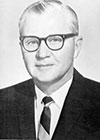
Richard B. Burch 1960-1969
Following the untimely death of President Davis, career educator and World War II Navy veteran Richard Burl Burch was named president. Under his guidance, Cameron realized the goal of junior college accreditation. Burch also urged that Cameron became a four-year institution, continuing the vision of former presidents Howell and Davis. In 1966, Cameron received notice of its elevation to a four-year educational institution. In 1968, Cameron offered its first baccalaureate degree coursework.
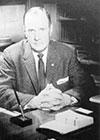
Clarence L. Davis 1957-1960
Former president of the Oklahoma Education Association, Clarence Leetis Davis had a distinguished career in public school administration. His quest for academic excellence at Cameron included the first steps toward accreditation. Davis oversaw the construction of a new gym during his first year in office and lobbied for Cameron to become a four-year academic institution.
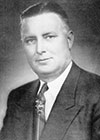
C. Vernon Howell 1947-1957
Legislator, farmer, businessman and Navy veteran Cecil Vernon Howell oversaw a long period of growth and maturation as Cameron State Agricultural College's president. He was largely responsible for many physical improvements to the Cameron campus, the establishment of an ROTC program, and the promotion of CSAC as the best junior college in the state.
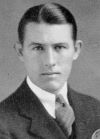
Clarence H. Breedlove 1946-1947
Clarence Henry Breedlove joined the Cameron faculty in 1928 as a chemistry professor. He had served as a colonel in the Armed Forces during World War II and resigned as president to accept a regular commission in the U.S. Army.
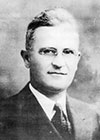
Charles M. Conwill 1931-1946
Following a distinguished career as a teacher and school superintendent, Charles Monroe Conwill assumed the mantle of Cameron presidency in 1931, guiding Cameron during the economic turmoil of the Great Depression. Cameron benefitted from federal aid, receiving support from the Federal Emergency Relief Administration, the Civil Works Authority and the Public Works agency for a variety of projects.
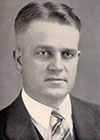
John L. Coffey 1927-1931
A history professor, John Lockheart Coffey’s tenure as Cameron president coincided with the addition of junior college courses to the curriculum. The Collegian was published for the first time, and clay tennis courts were built. By 1930, Cameron State Agricultural College was the largest junior college in Oklahoma. A few years after leaving CSAC, Coffey became head of the State Board of Agriculture, a move that significantly benefitted Cameron.

John G. March 1923-1927
John G. March had been the head of schools at Wapanucka before his appointment as president of Cameron. In 1925, March personally took charge of adding gravel to the two-mile dirt road that led to Lawton. Students and faculty members provided the labor.
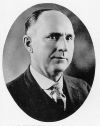
A.E. Wickizer 1920-1923
Following successful stints as a school superintendent in Amber, Guthrie and Tulsa, Arlington Edward Wickizer was appointed president of Cameron in 1920. During his tenure, he enlarged the teacher training classes and expanded operations on the school farm to produce as much food as possible in order to lower food costs for boarding students. The cost of room and board was $10 per month per pupil.
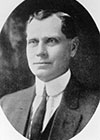
A.C. Farley 1914-1920
Albert Chapman Farley was a staunch supporter of agricultural education. Under his leadership, enrollment grew to 168 in 1915-16, and a boys’ dormitory was added to the campus. Enrollment declined slightly as many young men enlisted in the service to fight in World War I. Athletics and other student activities were curtailed during this period. First Lady Lucille Farley taught "domestic art" at CSSA during her husband's presidency, and their daughter, Maude, was a student at Cameron.
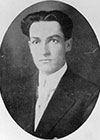
Robert P. Short 1914
CSSA agriculture teacher Robert Pleasant Short Jr. was appointed the institution’s fourth president in January 1914. During his brief administration – that lasted just less than a year – the first Wichita yearbook was published, a creamery was added to the dairy operation, and a community garden and orchard were established on campus. An enrolled member of the Chickasaw Tribe, he was Cameron's first Native American president. Short served in World War I as 1st Lieutenant in the U.S. Army.
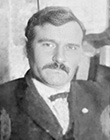
E.M. Frost 1913-1914
Ellis Mark Frost Sr. was appointed the third president of Cameron in July 1913. Frost previously had served as superintendent for Dewey County schools for several years. As fall classes began under his guidance, the Lawton Constitution reported that 98 percent of Cameron’s students came from rural homes. Frost’s tenure as president was brief, as he resigned in January 1914.
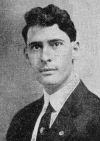
Ralph K. Robertson 1912-1913
Ralph Kent Robertson was an instructor in English and mathematics at the Haskell State School of Agriculture in Broken Arrow when he was selected to lead CSSA in July 1912. During his tenure, the first girls’ dormitory was constructed thanks to funding supplied by the Lawton Chamber of Commerce, and Cameron fielded its first football team – coached by President Robertson himself.
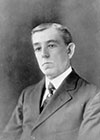
J.A. Liner 1908-1912
Jefferson Adolphus Liner was a career educator from Alabama who accepted the task of establishing the Cameron State School of Agriculture. Liner, who implemented a rigorous six-day-a-week study program at Cameron, was credited with having the vision to help establish and chart the course for agricultural high schools in Oklahoma.
